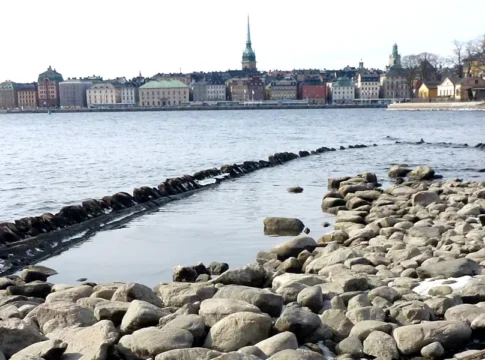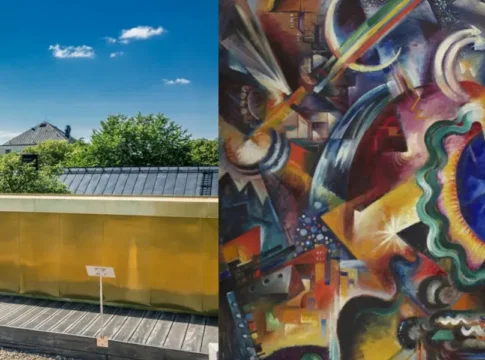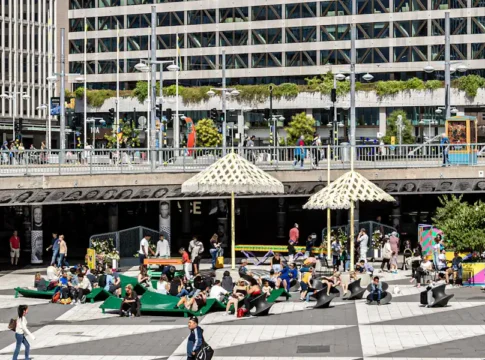 Photo: David Castor (CC BY-SA 4.0)
Photo: David Castor (CC BY-SA 4.0)
Brunkeberg Tunnel: A passage through Stockholm’s core
The Brunkeberg Tunnel (Brunkebergstunneln) is a striking pedestrian and cycling tunnel cutting through Brunkebergsåsen in Stockholm’s Norrmalm district. Conceived in the mid-19th century to overcome the geographic divide between Norrmalm and Östermalm, the idea first surfaced in 1863 as a solution to the city’s growing traffic challenges.
Construction begins in 1884
Work began in 1884 under the leadership of engineer Knut Lindmark, who faced difficult conditions including fractured rock and unstable soil. Innovative techniques—such as ground-freezing—were used to stabilize the terrain and allow safe excavation. After two years of arduous work, King Oscar II inaugurated the tunnel on June 9, 1886.
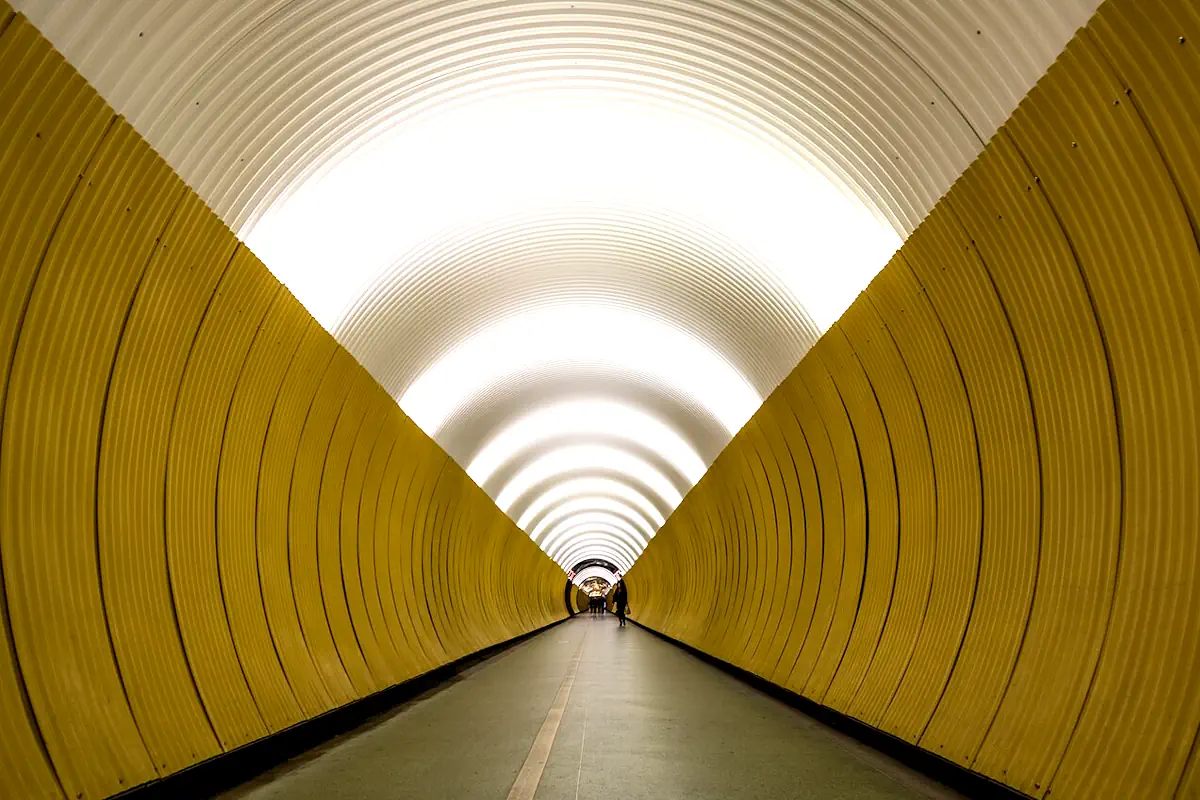
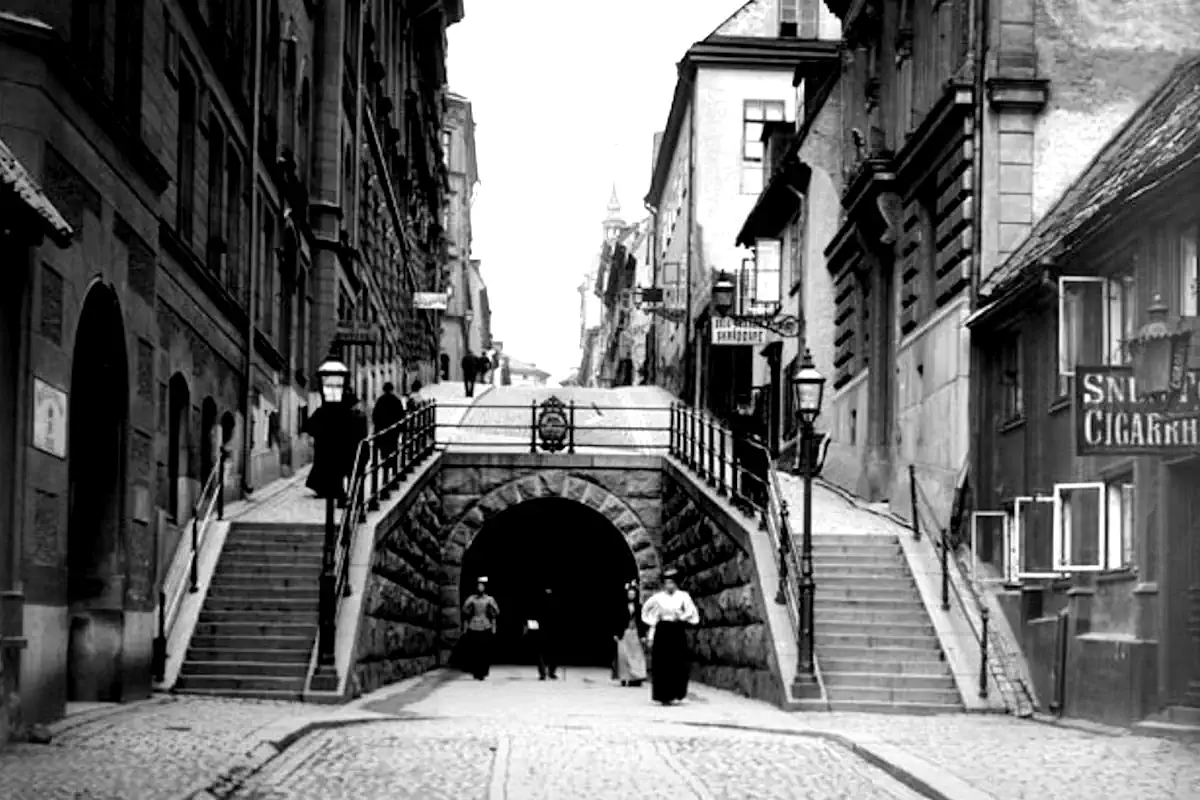
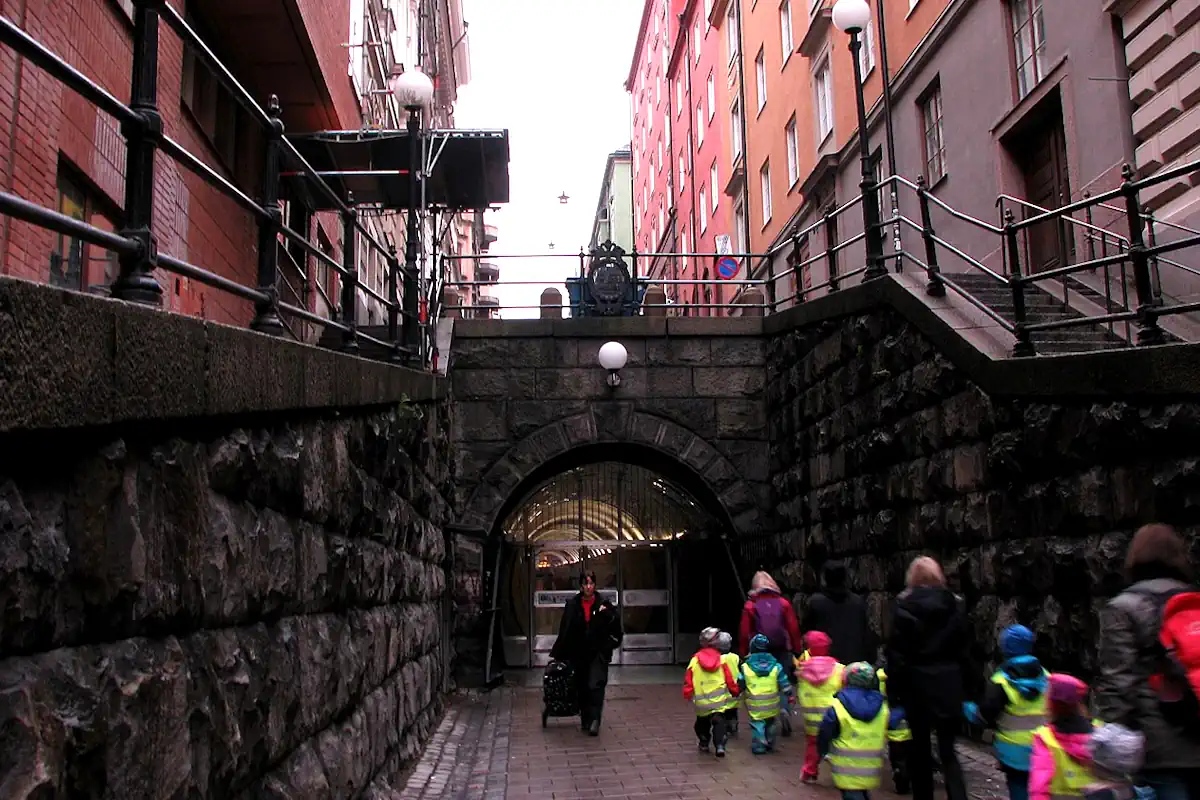
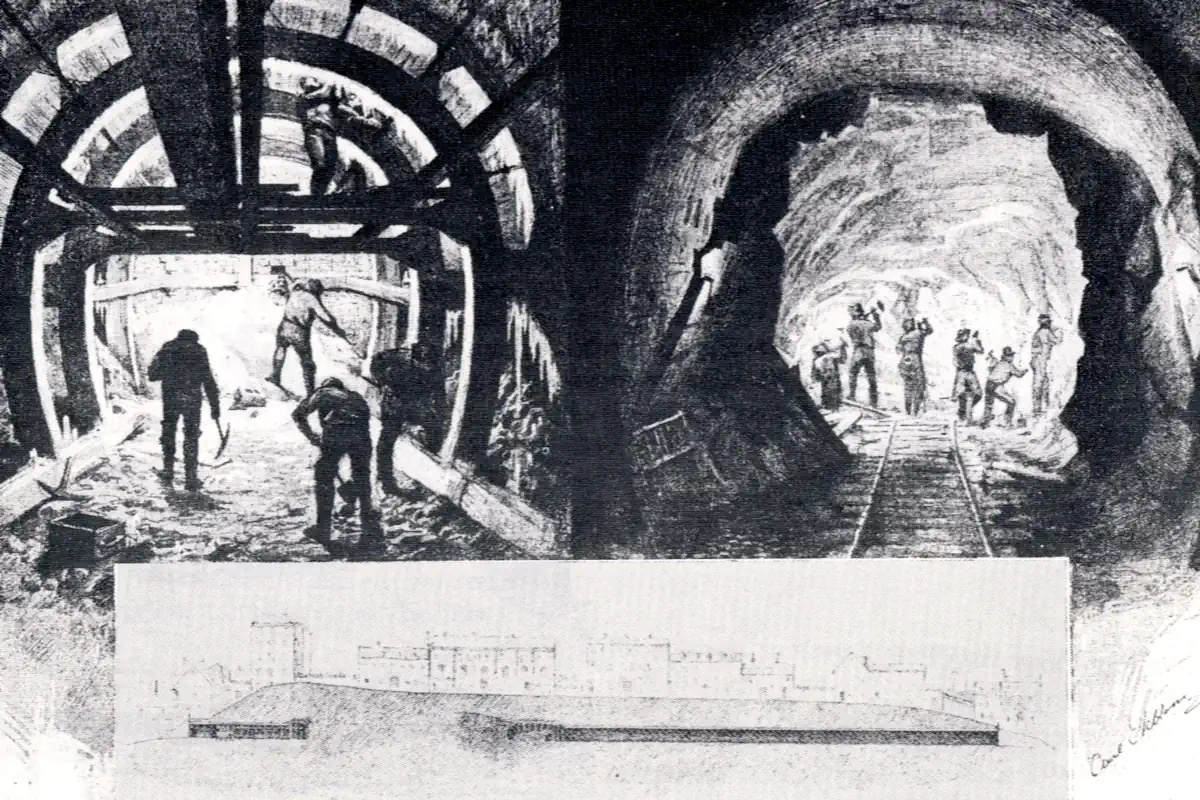
Brunkebergsåsen: The geological backbone of Stockholm
Brunkebergsåsen, a prominent esker formed during the last Ice Age, runs through Norrmalm and has long shaped Stockholm’s urban development. As part of the larger Stockholmsåsen, the ridge was built from sand and gravel deposited by subglacial meltwater. It once served as a natural barrier between the city’s eastern and western neighborhoods and continues to define its topography.
Architectural features of the tunnel
The Brunkeberg Tunnel spans approximately 231 meters in length, 4 meters in width, and 3.9 meters in height. Originally designed to accommodate horse-drawn traffic, it now serves as a modern passageway for pedestrians and cyclists—preserving its 19th-century charm while meeting contemporary needs.
Visitors are greeted by arched ceilings, atmospheric lighting, and a minimalist industrial aesthetic. The tunnel’s walls, a mix of historic and modern materials, create a uniquely photogenic corridor that blends engineering heritage with urban design.
Modern-day significance
Today, the Brunkeberg Tunnel remains a vital shortcut between David Bagares gata and Tunnelgatan. Open daily from 7 AM to 10 PM, it offers a flat, accessible route that saves time and effort for those navigating Stockholm by foot or bike.
Beyond its functional value, the tunnel has evolved into a cultural landmark. It occasionally hosts art installations and events, drawing photographers and urban explorers eager to experience its unique visual and historical atmosphere.
Visiting tips
- Entrances: Access the tunnel via David Bagares gata or Tunnelgatan.
- Bring a Camera: Capture the tunnel’s moody lighting and striking architecture.
- Nearby Sights: After your visit, enjoy a stroll around Norrmalm or stop by nearby Hötorget Square and its lively market.
Conclusion
The Brunkeberg Tunnel stands as a testament to Stockholm’s 19th-century ingenuity and ongoing commitment to accessible urban design. Whether you’re passing through on foot, seeking out architectural curiosities, or exploring the city’s historic layers, this tunnel offers a distinctive window into the past—and a useful route through the modern cityscape.
Visit Info
![]() Brunkeberg Tunnel
Brunkeberg Tunnel
![]() Brunkebergstunneln
Brunkebergstunneln

